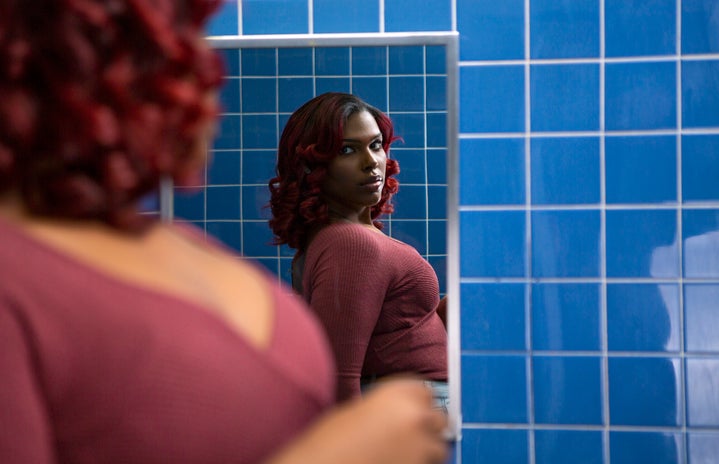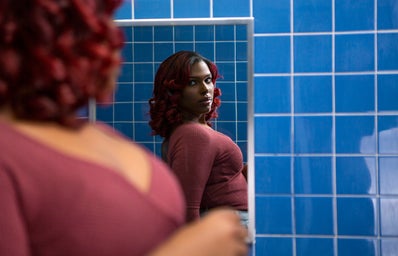Low-rise jeans, subversive basics, y2k baby tees: what do all of these trends have in common?
It’s simple: thinness.
This trait is the defining characteristic of today’s female influencers possessing model-like, some may even say unrealistic, proportions. Instagram and TikTok serve as the main stage for these influencers to flaunt not only their stylish looks, but also their physiques, both of which require copious amounts of money and time to achieve and are set as the standard for women.
The fashion industry has become a mainstay of the lithe yet toned bodies of models, when it should actually be the opposite. Where did the fashion industry come up with such an idealistic physique, one that has invoked eating disorders and continues to deteriorate the confidence of young women, come from?
The answer is unsurprising, yet infuriating nonetheless: the male gaze.
Women appealing to the male gaze began because it gave them power during times when the opposite sex was the source of any freedom and mobility. Nealie Tan Ngo wrote in an issue of the Art of Medicine Journal of Ethics, “an idealized physical body becomes a social body”, which is especially true in our social-media-ridden age. The Victoria-era practice of squeezing into corsets to achieve the coveted hourglass figure mirrors the surging popularity of shapeware per Kim Kardashian’s “Skims” line. Having a beautiful body gave women status, be it for marriage to a well-off man or a mass social following.
Ngo also mentions that the definition of “ideal” – a word that in itself breeds superiority and conformity, has been in flux for centuries. Her article makes mention of the varying standards enforced upon women, such as the curvy yet thin physique throughout Victorian England to the fuller figured women of the late Tang Dynasty in China.
The unrealistic standards placed upon women’s appearance continue to be arbitrary markers of worth with little to no consideration for their health, well-being, or economic status. More often than not, these standards were only attainable with the help of an abundance of resources which could be seen in our age of consumerism and self-expression packaged as self-care.
We, as social creatures that constantly interact with one another, continue to define our world first and foremost by what we see.The theory behind this, Social Cognitive Theory, explains why we find ourselves mirroring the appearance of highly edited images in the media. It states that we learn behaviors by observing others we perceive as “models”. Pinterest, a platform in which users can share and save images, is the perfect place to examine this theory at work. A 2017 analysis of “fitspiration” content done by researchers at the Virginia Commonwealth University found that over 70% of these posts promoted “appearance-related body image standards”. Nearly all of the posts featured women and over 60% of them were white.
The diversity itself is more than abysmal, but the analysis’ results aren’t surprising considering white women’s domination of other social media platforms. This includes TikTok, the place where I, and I’m sure many other women as well, first encountered y2k fashion trends such as the infamous baby tee and low-rise jeans aesthetic, all with a common theme: smaller and smaller pieces of clothing, some even meant for babies. Endless scrolling, liking, and following soon turns one’s For You Page into a barrage of “thinspiration” content of young women with beautiful bodies to match their styles.
Awareness of the damaging ideals perpetuated by TikTok and other social media platforms alike is perhaps the most powerful defense against them. Treat “finspo” images as what they are – images, highly edited, filtered images that likely took a whole team to create. The appearances of influencers and models, especially their bodies, do not make yours any less valid or attractive. Wear what you want, and let clothes adorn the body you already have not the other way around.
Leave the microtrends to the influencers that promote them.


